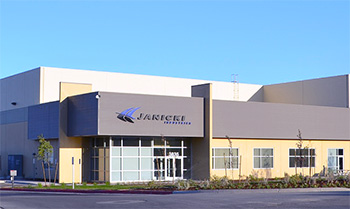Sponsored Content
W hen you work on projects like NASA’s Space Launch System and deep-space radio telescopes, the opportunity for accolades and large revenues can be great. However, due to the massive scale and demanding tolerances of such projects, the opportunity to have your lunch eaten by wasteful processes is also eminent. Janicki Industries is one company that has successfully addressed that problem.
|
ADVERTISEMENT |
Founded as Janicki Machine Design in 1993, Janicki Industries is a contract manufacturer to the aerospace industry specializing in aerospace tooling. Janicki Industries designs and builds high-precision parts and tooling for aerospace, marine, energy, space, military, transportation, and architecture customers.

…
Add new comment